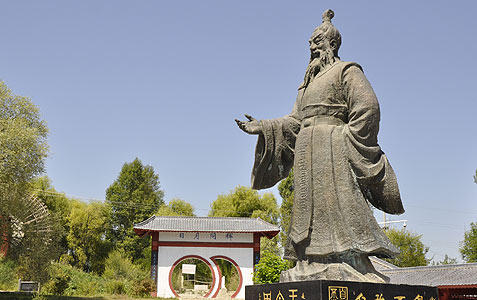Japan develops low-cost plastic radiation detecto
Updated: 2011-08-19 09:35
(Agencies)
|
|||||||||||
A Japanese researcher has come up with inexpensive radiation detectors made from the same resin as PET bottles to meet growing demand after Japan's March earthquake and tsunami set off the world's worst nuclear accident in 25 years.
The detectors devised by Hidehito Nakamura, an assistant professor at Kyoto University in western Japan, in cooperation with Teijin Chemicals Ltd, cut costs by 90 percent from existing devices, many of which come from foreign firms.
 |
Nakamura came up with "Scintirex", a plastic resin that emits a fluorescent glow when exposed to radiation. The resin acts as a sensor within the radiation detectors, allowing measurements of radiation.
The new material is expected to drastically cut costs for high-demand personal radiation detectors and larger survey meters to be used for commercial or official purposes.
Teijin's PR department estimates that sensors for detection devices will become available to high priority government organisations and companies as early as next month at approximately 10,000 yen ($130) - one-tenth of the cost of currently available materials.
Derived mainly from the same resin as PET bottles, "Scintirex" combines the strength, flexibility and low cost of the readily available PET resin with the radiation sensitivity of "Plastic Scintillators", currently the dominant radiation sensing material exported to Japan by French firm Saint-Gobain.
Until now, the French company has dominated the radiation sensor market in Japan. However, Ishii said Nakamura's invention is expected to compete.
Hot Topics
Anti-Gay, Giant Panda, Subway, High Speed Train, Coal Mine, High Temperature, Rainstorm, Sino-US, Oil Spill, Zhu Min
Editor's Picks

|

|

|

|

|

|







